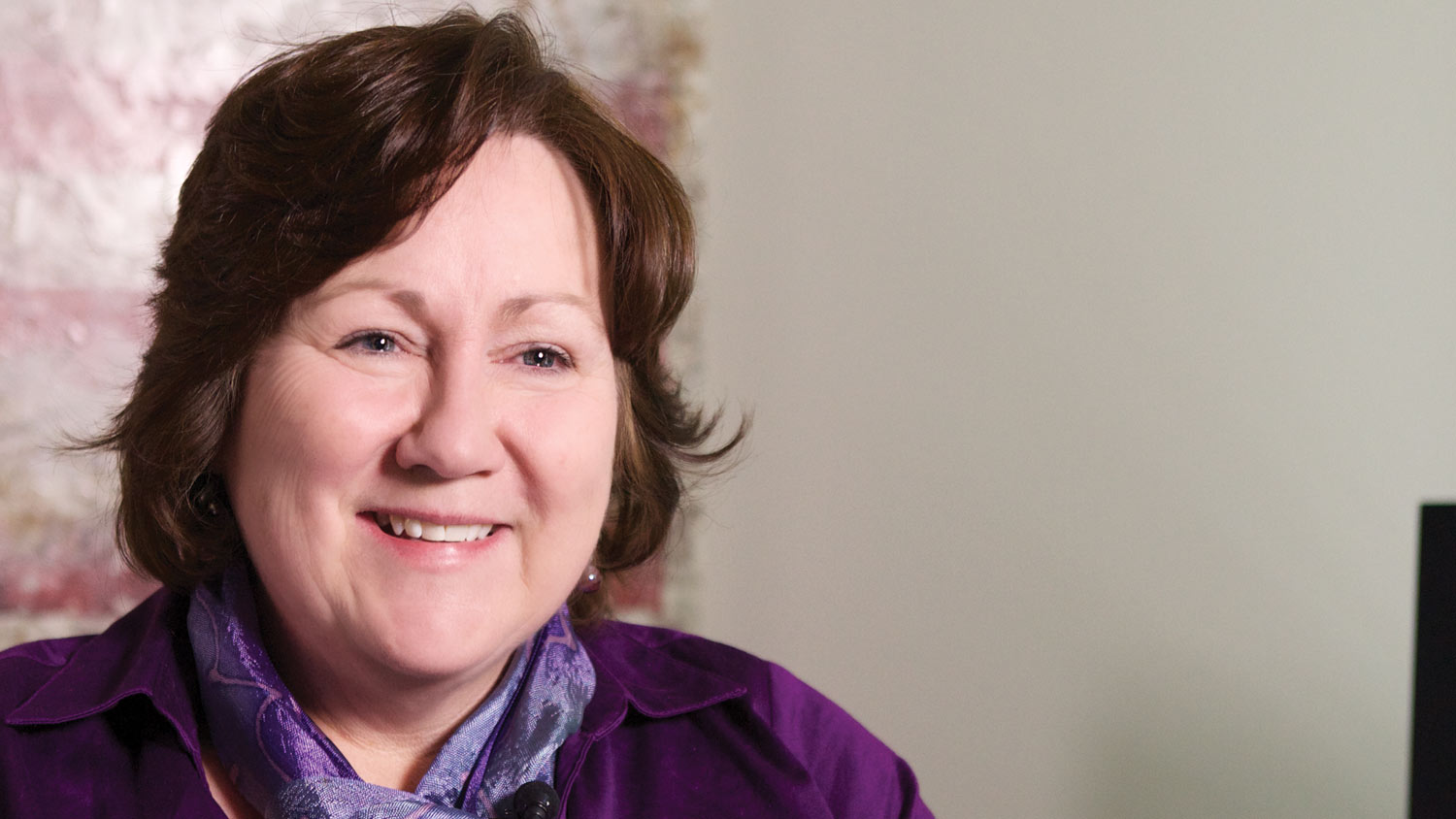
In 1991, Sue Thayer took a job at her local Iowa Planned Parenthood as an entry-level assistant. After a few months she was promoted to office manager. In her new role at her facility, Sue was responsible for hiring and firing staff, training, overseeing patient records, and maintaining the financial books. She also participated in family counseling when women came into the facility and needed it. Sue had a desire to serve women, and because her facility didn’t offer abortion services, which she personally was against, she felt like her work could make a difference.
But, as the years passed, Sue began to see the truth of Planned Parenthood’s motivation—profit, not patients.
Sue found out that Planned Parenthood does whatever it can to cut costs and raise revenue—particularly on the abortion and birth control side of the business. After contracting with drug companies to purchase birth control pills at a bulk discount of about $2.98 per one 28-day cycle, Planned Parenthood would bill Medicaid for $35 and be reimbursed about $26. And, without reporting it to Medicaid, they would also collect a “donation” from the woman to help offset the cost of the “free contraception.” But double-dipping in the profit of birth control still wasn’t enough.
“My real wake-up call came with the announcement at one of our monthly managers’ meetings that all the facilities—including mine—would soon be offering something called ‘webcam abortions,’” Sue said.
A “webcam abortion” is a chemical-induced abortion when, after a quick ultrasound, review, and consultation, a doctor in a remote facility talks with a patient over video chat. When the woman agrees to the abortion, the remote doctor pushes a button to release a drawer that reveals two sets of pills. The woman is instructed to take one set of pills at the facility and the other set of pills 24 hours later at home. In case complications arise, the woman is given a card to call a number and ultimately told to go to the ER to report she was having a miscarriage, not an abortion.
In Iowa, no waiting period exists for women who want to have an abortion, making “webcam abortions” extremely profitable. Facilities didn’t have to staff doctors or nurses, nor did they have to pay for the expensive equipment needed for a typical abortion procedure. Yet, Planned Parenthood charged a woman the same cost as a surgical abortion.
It was then that Sue knew she had to get out. “It wasn’t until Planned Parenthood was about to begin training me in how to facilitate webcam abortions that I realized, ‘I can’t do this,’” she recalled. “I called our local Right to Life office, and told them all about the webcam strategy.” Eventually, they put her in touch with Alliance Defending Freedom (ADF).
In 2011, on Sue’s behalf, ADF attorneys filed a “whistleblower” lawsuit under the federal False Claims Act and the Iowa False Claims Act (FCA) claiming that Planned Parenthood’s Iowa affiliate submitted “repeated false, fraudulent, and/or ineligible claims for reimbursements” to Medicaid. After a district court judge dismissed the case in December 2012, ADF appealed to the U.S. Court of Appeals for the Eighth Circuit. The circuit court reinstated Sue’s case saying, “. . . we conclude that Thayer has pled sufficiently particularized facts to support her allegations that Planned Parenthood violated the FCA. . .”
As Sue waits on the outcome of her case in federal district court, she continues her work as a pro-life advocate and speaks out against Planned Parenthood and the evils of abortion whenever the opportunity occurs.






